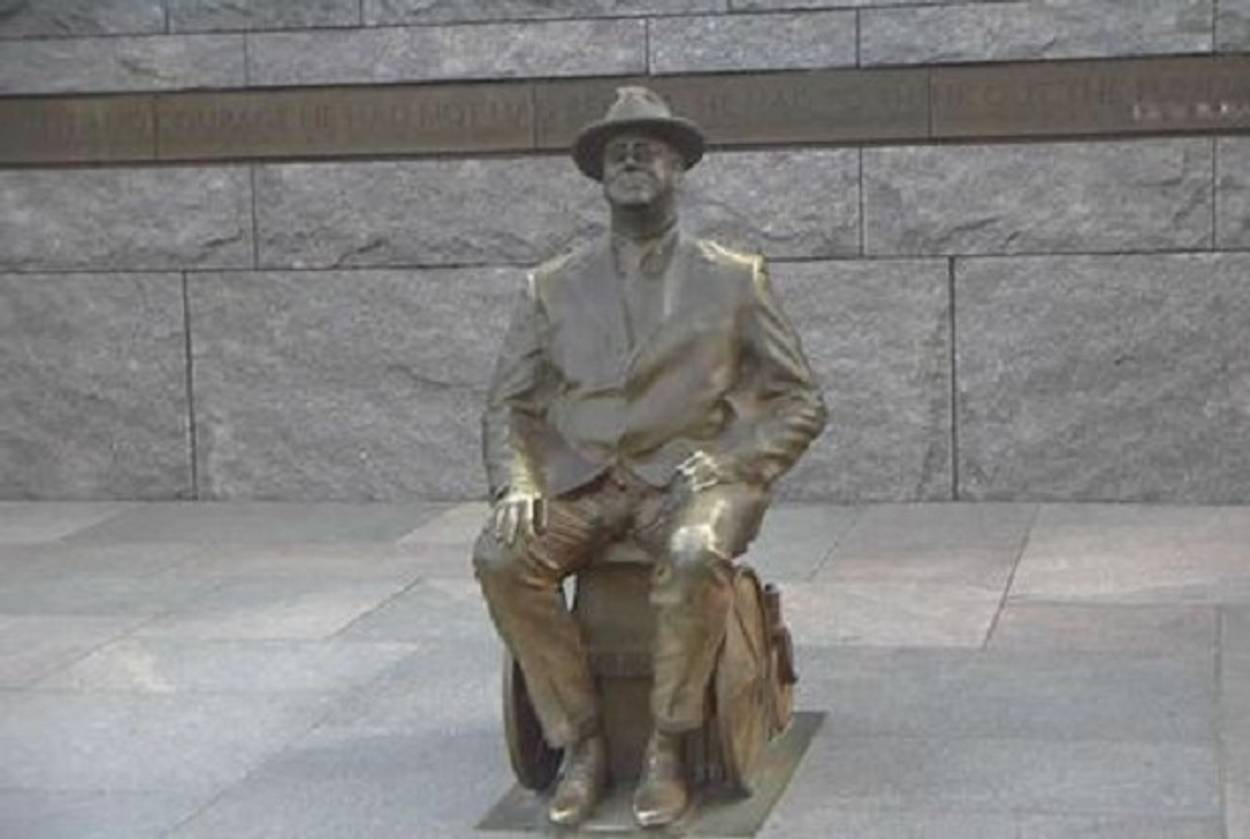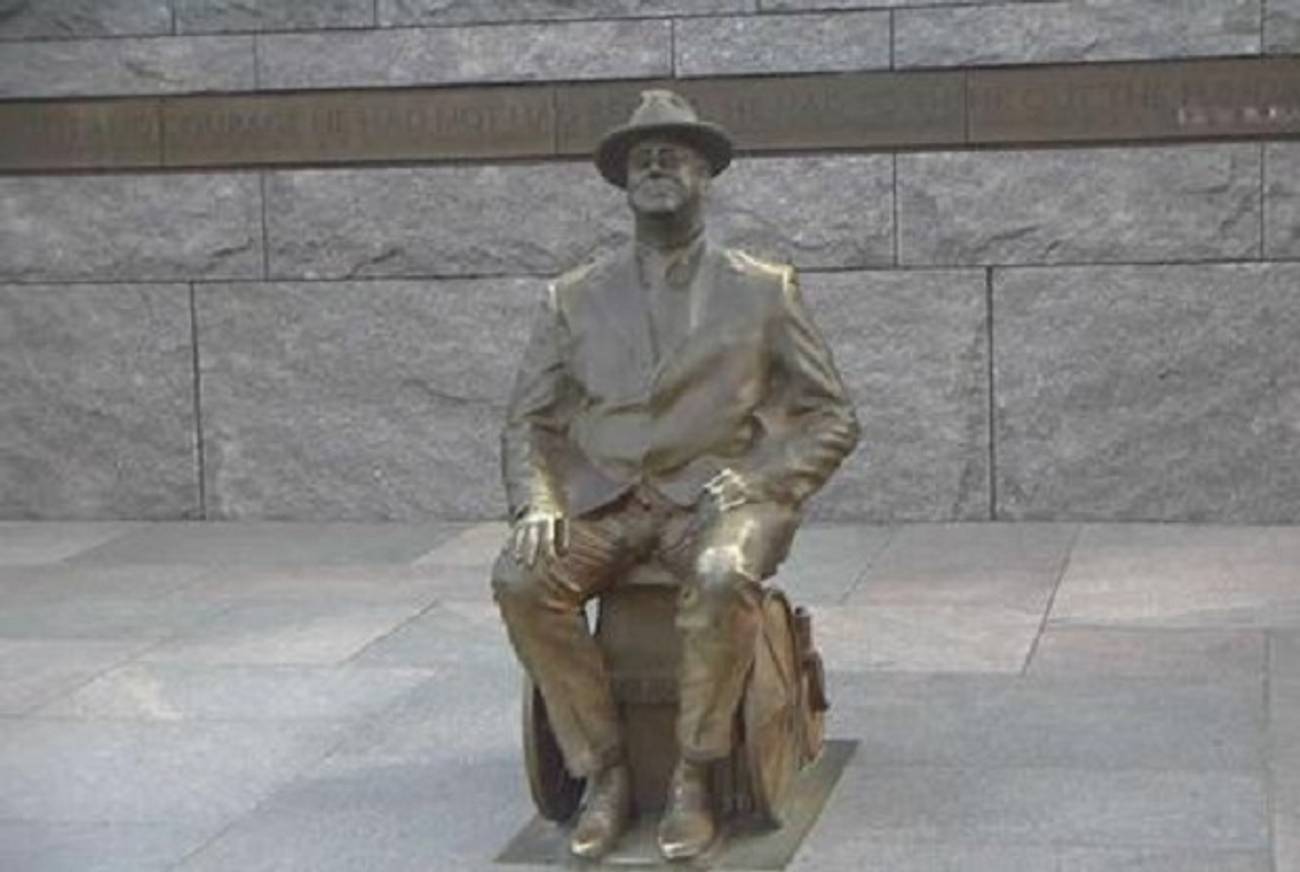Lawrence Halprin and the FDR Memorial
A President’s Day sojourn worth making




As a college student in Washington, D.C., I tried to make use of the various historical and presidential memorials as a way to engage in educational pursuits beyond the classroom. Or I was trying really hard to get women to think I was patriotic and sensitive.
Regardless, visiting the Iwo Jima Memorial on Veteran’s Day, the Lincoln Memorial on the 4th of July, and the Frankin D. Roosevelt Memorial on President’s Day were part of my repertoire whenever possible, not just because I was close by, but because on those days each venue tended to draw crowds for whom the experience was meaningful. Seeing veterans gather and eavesdropping on their stories on Veteran’s Day is always a humbling experience, but I’ll always remember a trip I took to the FDR Memorial on President’s Day when I was a freshman in college.
It was winter of 2002 and so each national holiday of that year had behind it a certain prod of subterranean meaning. I chose the FDR because it was the new kid on the block, the memorial was first dedicated in 1997 and so it hadn’t been a fixture of my earlier trips to Washington, D.C.
The complex is on the Tidal Basin and just a little off the beaten path, stretching out across a small expanse. It tells the story of FDR’s life and four terms through a series of statues and sections with water, each representing historical events: a narrow waterfall for the Great Depression, a series of steps for the public works of the Tennessee Valley Authority, a jagged waterfall for World War II, a still pool for FDR in permanent repose.
The memorial was designed by Lawrence Halprin, a Brooklyn-born Jew, who had spent years working on a kibbutz in Mandatory Palestine and was involved in some impressive projects from the Pacific Northwest to Texas to Virginia.
At the entrance of the FDR is a statue of a polio-stricken Roosevelt in a wheelchair. Though I’d been before, I didn’t realize that this small statue hadn’t been a part of the original memorial. A group of students, some of whom were disabled, were gathered at the front where a guide explained that the statue had been added the previous year in response to a public effort led by the National Organization of Disability (and headed by its founder Alan Reich), to show Roosevelt as he was, instead of the sanitized view even Roosevelt himself had projected.
I remember the guide mentioned something about how the new statue added another dimension to our understanding of strength. Years later, around this time of year, I still remember that.
Adam Chandler was previously a staff writer at Tablet. His work has appeared in the New York Times, the Wall Street Journal, the Atlantic, Slate, Esquire, New York, and elsewhere. He tweets @allmychandler.